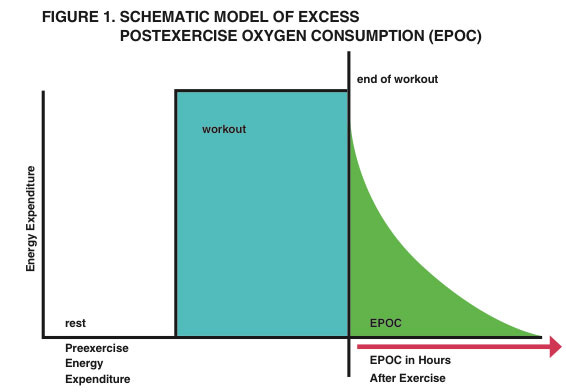“Cardio doesn’t burn fat” - Some dude on the internet
High Intensity Interval Training (HIIT) gained popularity in the early to mids 2000s as a “revolutionary” fat loss method. However, what most people did was more like medium intensity circuit training. Rest intervals were far too short for maximal output and exercise selection was a random assortment of whatever the group exercise instructor felt like doing that day. It was great for burning calories, but not so great for body composition improves when it wasn't paired with heavy lifting.
The pendulum has recently swung the other way and you hear a lot about zone 2 cardio. Buzzwords shifted from “metabolism”, “High Intensity”, “Core Circuit” to “Mitochondria”, “Longevity”, “Fat Oxidation”. So what is the fat loss holy grail?
The answer: Diet & Activity.
High intensity methods will burn more calories & likely more fat since the average intensity is higher compared to steady state cardio. Keep in mind, as a proportion, steady state cardio will usually burn more fat, but as a gross amount it usually won’t. This article isn’t going to be a lesson in energy systems. Just know your aerobic (“Fat burning”) system is running in the background at all times but if we really want to heat up the engine we should crank up the intensity.
I’m a fan of high intensity conditioning and steady state aerobic work. I believe both methods have a place in everyone’s program. However, Modified Strongman (MS) Fat Loss Circuits are hard to beat when it comes to optimizing fat loss and here’s why…
1.) Volume
Modified Strongman phase 1 is a 26 minute long circuit. This isn’t a 6-pack shortcut, exercise snack, or big booty fit girl workout you can do in 6 minutes. Real results take time and effort, this means you need volume.
2.) Movement Selection
The movements in the circuit are heavy. This is man cardio. Don’t be all show and no go, modified Strongman Circuits are designed to improve the function of your meat suit. You’ll also have the opportunity to improve your strength with movements like loaded carries, sled pushes, and animal walks.
All movements in MS are also low on the WES scale.
WES = Weight Bearing (loading spine), Eccentric (lowering phase), and Skill
This is a concept I learned from Julien of Strongfit. All the movements in the circuit are low weight bearing, they don’t load the spine much or at all. The only exception might be the carry depending what type of carry you choose. None of the movements have a eccentric phase. Last but not least, medicine ball slams, carries, crawls, and sled pushes are all low skill movements. It’s difficult to maintain form on something like 30 snatches for time, but on medicine ball slams? Just slam it.
3.) Sequencing
Movements are sequenced so interference is minimal. By going from medicine ball slams to carries you’re not taxing the same muscle group back to back. You’re able to rest some muscles to an extent while others are active. This circuit is purposely designed to not burn out one muscle group so you can maintain high intensities.
4.) Interval Duration & Periodization
The intervals are long enough to work up fatigue but rest is sufficient so you can still produce relatively high effort. The problem with a lot of circuit training is that it becomes sloppy and output decreases drastically.
The way the fat loss phases are designed also allows you to progress through phases of higher volume (accumulation) and higher intensity (intensification) so each phase builds on the next. Most high intensity circuits won’t have progressions and instead tax the same energy pathways continuously. Not only is that boring, it won’t drive adaptation as well as a plan with structured progressions.
5.) The Afterburn
It takes longer for your body to return to a resting state after 26 minutes of higher intensity circuit training like MS. You will also produce more lactate from this style of training since you’re doing concentric contraction repeatedly. This in turn will stimulate greater growth hormone release.
6.) Less Soreness (DOMS)
All movements in the circuit are concentric dominant and won’t cause excess soreness.
The Workout
Video explanation of modified Strongman Circuits above. I highly recommend creating yourself timers in an app like interval timer to simplify getting through the circuits.
Key Points
Perform 1-2 Modified Strongman Fat Loss Circuits per week
Alternate movements every 3 weeks
You can change every movement, or only 1-3 movements but some change is recommended
Still incorporate steady state cardio 1-2x a week
The circuits won’t full develope your aerobic system
Remain in isocaloric conditions the first week
Don’t immediately dive into a deficit if you’re new to training or these circuits. I recommend starting at maintenance or a very small caloric deficit for a week and adjusting from there.
The video above shows the first macrocycle (12 weeks) of fat loss circuits. If you want the whole program comment “Circuits” on this article and I’ll send you a PDF of all 3 macrocycles (36 weeks).











Literally and figuratively powerful.
Circuits 👊🏻
Circuits!